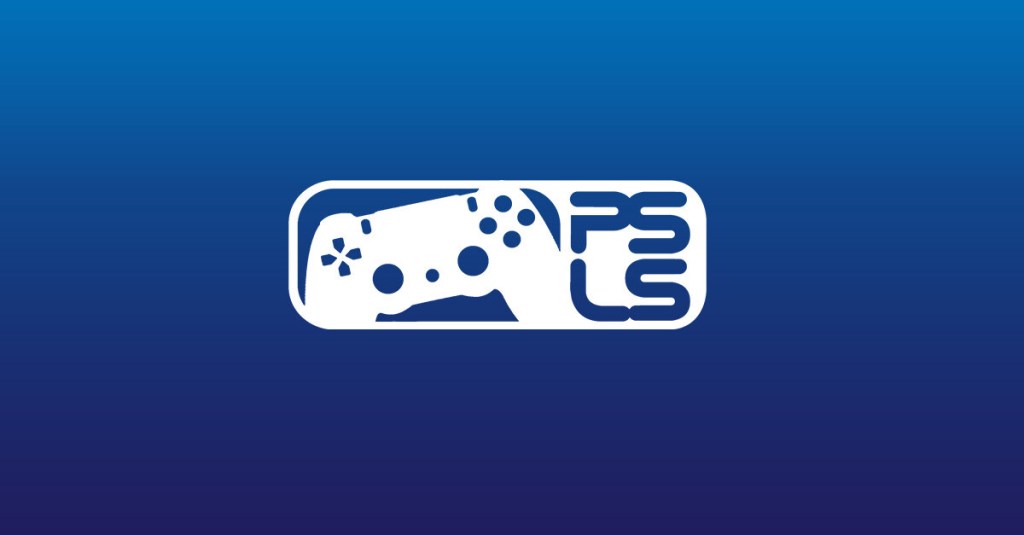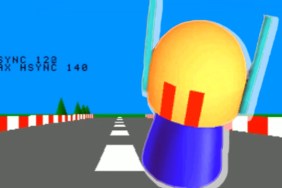Written by LinuxGuru 

Ever wonder what any of that lingo developers use regarding their game development is? Well, help has arrived! (Wikipedia is a godsend!)
Let’s start with some basic terms:

- HDR – The rendering of 3D computer graphics scenes by using lighting calculations done in a larger dynamic range. Video games and computer generated movies benefit from this as it creates more realistic scenes

- Havok – A physics engine developed by Irish company Havok. It is designed for computer and video games by allowing interaction between objects or other characters in real-time. By using dynamical simulation, Havok allows for more lifelike worlds and animation

- PhysX – A proprietary realtime physics engine middleware SDK developed by nVidia (originally by Ageia, formerly known as the NovodeX SDK). PhysX can also refer to a PPU add-in card designed by Ageia to accelerate PhysX-enabled video games. Video games supporting hardware acceleration by PhysX can be accelerated by either a PhysX PPU or a CUDA-enabled GeForce GPU, thus offloading physics calculations from the CPU allowing it to perform other tasks faster, and as such, the whole system can provide a higher framerate, resulting in a smoother gaming experience.

- Subsurface Scattering – a mechanism of light transport in which light penetrates the surface of a translucent object, is scattered by interacting with the material, and exits the surface at a different point. The light will generally penetrate the surface and be reflected a number of times at irregular angles inside the material, before passing back out of the material at an angle other than the angle it would reflect at had it reflected directly off the surface. Subsurface scattering is important in 3D computer graphics, being necessary for the realistic rendering of materials such as marble, skin, and milk.

- DMM – (Digital Molecular Matter) A middleware physics engine developed by Pixelux. It is designed for computer, video games, and other simulation needs by attempting to simulate physical real-world systems. Unlike traditional realtime simulation engines which tend to be based on rigid body kinematics, the novel use of FEA allows for DMM to simulate a more general set of properties. Developers assign physical properties to a given object (or portion of an object) and then at runtime they behave as they would in the real world (e.g. ice, gummy bear, etc.) In addition the properties of objects (or even just parts of objects) can be changed at runtime allowing for additional interesting effects.

- Euphoria – A game animation engine created by NaturalMotion based on Dynamic Motion Synthesis, NaturalMotion’s proprietary technology for animating 3D characters on-the-fly “based on a full simulation of the 3D character, including body, muscles and motor nervous system“.[2] Instead of using predefined animations, the characters’ actions and reactions are synthesized in real-time; they are different every time, even when replaying the same scene.

- HDMI – The High-Definition Multimedia Interface (HDMI) is a compact audio/video connector interface for transmitting uncompressed digital streams. HDMI supports, on a single cable, any TV or PC video format including standard, enhanced, and high-definition video along with up to 8 channels of digital audio.

- Cell Processor – Cell is a microprocessor architecture jointly developed by Sony Computer Entertainment, Toshiba, and IBM, an alliance known as “STI”. Its architecture includes a novel memory coherence architecture for which IBM received many patents. The architecture emphasizes efficiency/watt, prioritizes bandwidth over latency, and favors peak computational throughput over simplicity of program code.

- RSX – The RSX ‘Reality Synthesizer’ graphics processing unit is a graphics chip design co-developed by NVIDIA and Sony for the PlayStation 3 gaming console.
Specifications
- 550 MHz on 90 nm process [1]
- 300+ million transistors (600 million with Cell CPU) [2]
- Multi-way programmable parallel floating-point shader pipelines[3]
- Independent pixel/vertex shader architecture
- 24 parallel pixel-shader ALU pipes
- 5 ALU operations per pipeline, per cycle (2 vector4 , 2 scalar/dual/co-issue and fog ALU, 1 Texture ALU)
- 27 FLOPS per pipeline, per cycle
- 8 parallel vertex pipelines
- 2 ALU operations per pipeline, per cycle (1 vector4 and 1 scalar, dual issue)
- 10 FLOPS per pipeline, per cycle
- Maximum vertex count: 1.6 billion vertices per second
- Minimum (worst case) polygon count: 366.66 million polygons per second ( 1 billion vertices per second / 3 vertices per triangle)
- Maximum (theory case) polygon count: 533.33 million polygons per second( 1.6 billion vertices per second / 3 vertices per triangle)
- Maximum (optimistic case) polygon count: 886 million and more depending on how many triangle strips are used in a game.
- Maximum shader operations: 136 billion shader operations per second
- Floating Point Operations per Second: 1.8 TFLOPs (1.8 trillion Floating Point Operations per Second)[4]
- 24 texture filtering units (TF) and 8 vertex texture addressing units (TA)
- 8 Render Output units / pixel rendering pipelines
- Peak pixel fillrate (theoretical): 4.4 Gigapixel per second
- Maximum Z sample rate: 8.0 GigaSamples per second (2 Z-samples * 8 ROPs * 550 MHz)
- Maximum anti-aliasing sample rate: 8.0 GigaSamples per second (2 AA samples * 8 ROPs * 550 MHz)
- Maximum Dot product operations: 54 billion per second [5]
- 128-bit pixel precision offers rendering of scenes with high dynamic range rendering (HDR)
- 256 MB GDDR3 RAM at 700 MHz[6] [7]
- 128-bit memory bus width
- 22.4 GB/s read and write bandwidth
- Cell FlexIO bus interface
- Support for OpenGL ES 2.0
- Support for S3TC texture compression [1]
- XMB – The XrossMediaBar (pronounced CrossMediaBar and officially abbreviated as XMB) is the Emmy award-winning graphical user interface developed by Sony.[1] The interface features icons that are spread horizontally across the screen. Navigation moves the icons, instead of a cursor. These icons are used as categories to organize the options available to the user. When an icon is selected on the horizontal bar, several more appear vertically, above and below it (selectable by the up and down directions on a directional pad). Originally used on the PSX, the XrossMediaBar is used as the default interface on both the PlayStation Portable and the PlayStation 3. Since 2006, it has also been used in high-end WEGA TVs,[2] the BRAVIA starting with the 3000 (only in S-series and above), some Sony Cyber-shot cameras and the high-end STR-DA 5200ES AV receiver. The Sony Ericsson K850’s and W910’s media menu is also a version of XMB, indicating that the next implementation of XMB is in Sony Ericsson mobile phones. The XMB has also been confirmed as the menu system in the next generation of Sony’s BRAVIA TVs.[3] Sony has also added the XMB to its latest range of VAIO laptops.[4]









